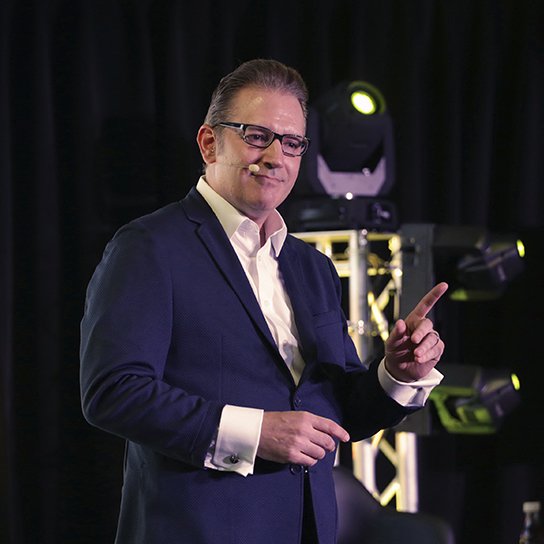Diverse thinking is essential for boosting leadership and employee engagement. By embracing different points of view, leaders can create a more inclusive environment that engages employees at all levels.
Diverse thinking also helps organizations stay competitive by encouraging new ideas and solutions. Organizations that embrace diversity of thought report higher levels of innovation, creativity and productivity.
So how can you encourage diverse thinking in your organization? Here are some tips.
Diverse Thinking, Tip 1: Create an inclusive leadership definition.
Define diverse thinking and inclusive leadership for yourself and for the benefit of your team. Why? Because diversity of thought is only valuable if you actually make room to include those diverse thoughts in your decision making process.
If you tell people you embrace diversity of thought, but don’t ACTUALLY welcome different ideas from a variety of people, then you have not achieved diverse thinking.
Here’s a definition you can use: Diversity of thought is an organizational or team culture that welcomes and invites new ideas, no matter the title or credential of the people sharing those ideas. It’s a state of active curiosity, without putting limits on who is “qualified” to have ideas worth considering.
Diverse Thinking, Tip 2: Ask yourself: whose voice is missing?
For every project, meeting and decision, ask yourself these questions:
- Who does this impact?
- Whose perspective is missing from my planning or decision-making?
- Who can tell me who else is missing?
- What can help me understand why someone’s voice is missing?
I hope you noticed something about those questions: they assume that you won’t know all the answers. That’s why the list includes questions like: who can tell you who else is missing?
It’s important that you not rely on self-assessments when trying to determine who is missing. A huge reason we miss out on someone’s perspective and suppress people is because we don’t know who’s missing or we don’t realize that we’ve been following a playbook filled with standards that are simply no longer relevant or haven’t been questioned until now. This is how we can start to break those patterns.
Diverse Thinking, Tip 3: Show others how to be an inclusive leader.
If you practice tips 1 and 2, you will automatically start moving everyone further along the employee engagement continuum. People will see that you have made an effort to create and live up to an inclusive leadership definition—one that is designed to generate and benefit from diverse thinking.
As you make it a practice to ask yourself and others whose voice is missing, they will see that you are proactively seeking out and making space for diversity of thought.
By taking these actions you are living out how to be an inclusive leader, and people will see the results. Once they start to feel included, they will become more likely to include others.
Conclusion
Leaders with a diverse set of viewpoints can better anticipate and solve problems.
Start by creating an inclusive leadership definition, then ask yourself whose voice is missing for every project or decision you tackle. Once you know who is not at the table, it becomes your responsibility to show others how to be an inclusive leader.
To access one of the most helpful organizational culture diagnostic tools, take this free diversity equity and inclusion self-assessment.







